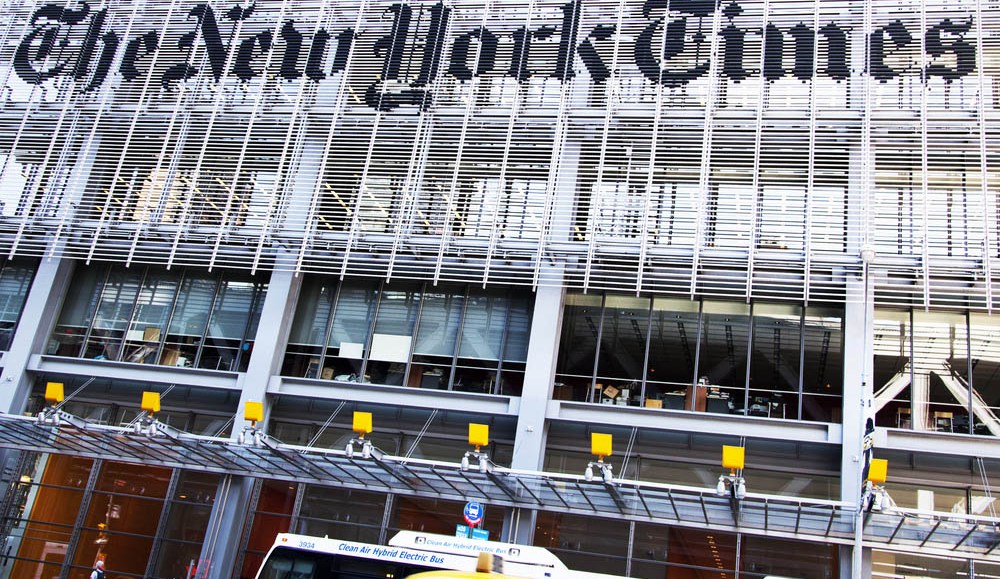
Like many premium publishes, The New York Times viewed the shift to programmatic ad buying warily.
No longer. Four months ago, it brought in Matt Prohaska as its first programmatic ad director. The ad tech veteran is now charged with figuring out how the publisher opens up more inventory to automated ad buying systems. At yesterday’s Digiday Programmatic Advertising Breakfast yesterday, he readily admitted that The Times is behind the curve on this front.
Here are the key points he made:
Awareness
“We didn’t have the product set or the inventory management or the understanding of how that entire other side of the world, and much more integrated part of the world, has been working.”
Organization and efficiency
“It’s not just me and a team of 12 doing that for the programmatic on the side; it’s the person that handles IKEA for conferences, and print, and all things digital, so why should programmatic be any different?”
Diverse offerings
“Being part of this organization, one of the best editorial and rich content environments in journalism and news, it’s understandable that there’s a natural strength where we’d lean on leveraging and advertising a brand, like Rolex, in an environment talking about our style section. But there are a lot of other clients, Ann Taylor and others, that have budgets and objectives for brand awareness, and budgets and objectives to drive a sale today.”
Opportunity
“The ability to control, yield, and create in the financial world futures market that we really don’t have right now in programmatic today, but to get there and have a conversation and guarantee a certain share of voice throughout a season.”
Inventory control
“It has to do with making sure that there’s good value still given for our inventory and audience. Part of that is our responsibility to make sure that it’s as visible to our buyers as possible, either through the exchange or old-fashioned sales collateral.”
Rising CPMs
“For us, our goal is to move as much inventory as possible into the preferred as possible and give everyone first look. When you do those things and you see folks finding good value and volunteering to take price up because we’re converting well and performing nicely, you get a nice leap frog effect that search has known about for 18 years. CPMs are going north nicely, starting off from a crazy, low base.”
Watch the full presentation below:
More in Media

WTF is behind the explosion of faceless creators?
Brands are rapidly increasing their spending on faceless creators, showing the unique benefits of working with this type of influencer.

In Graphic Detail: As ‘Grow a Garden’ booms, a new report shows the marketing power of Roblox
The explosive growth of “Grow a Garden” has brought new attention to Roblox — and rejuvenated marketers’ interest in its advertising power.

Brand deals surge for golf creators as the sport’s popularity spikes
Golf is booming, and so is influencer marketing. As a result, golf creators are signing an unprecedented number of brand deals in 2025.





